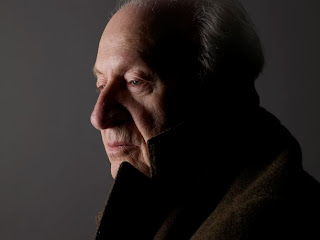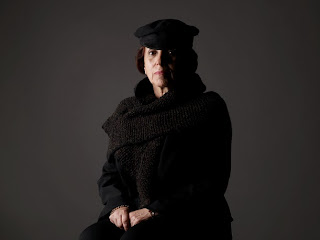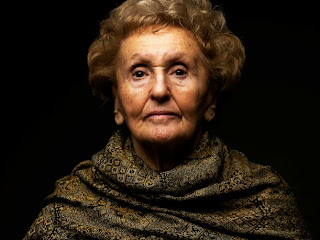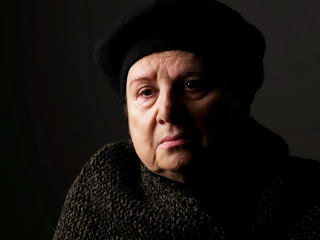Jewish partisans who rose up against the Nazis through physical and spiritual defiance will come together for the largest gathering of resistance fighters in recent memory.
The Jewish Partisan Educational
Foundation (JPEF) gala on November 5th will recognize the actions of
partisans such as Motke Ginsburg who blew up 17 trains loaded with Nazi
soldiers, bombed a hydro-electric plant, and killed 60-plus Nazi soldiers
during an ambush. His soon-to-be-wife, Judith, jumped from a train heading for
the Majdanek Concentration Camp and served as a combatant, eventually joining
the Bielski Brigade, which rescued more than 1,200 Jews from extermination.
“As with all Holocaust
survivors, the number of partisans is dwindling,” notes Mitch Braff, JPEF
founder and board member. “JPEF wants to celebrate their miraculous stories of
courage in the face of evil so we may honor the Jewish partisan legacy and
continue to educate the world through their stories.”
JPEF brings Jewish resistance
stories to more than one million students annually through a multimedia and
interactive educational curricula. Learning about these partisans and their
accomplishments transforms perceptions about the Jewish experience during the
Holocaust.
The gala event will honor
Elliott Felson, son and nephew of partisans Don and Stan Felson, as well as
Matthew Bielski, grandson of partisans Sonia and Zus Bielski. As JPEF board
president, Felson brought worldwide recognition to partisans as a driving force
in Holocaust education.
“I am proud of our
achievements, and of the millions of young people we are empowering through the
Jewish partisans,” he said.
Bielski, chairperson
of JPEF’s 3G (third generation) group, spearheaded the effort to collect
information about adult grandchildren of partisans living all over the world.
“I want to share my grandparents’ most important lesson with
kids today,” he explains. “Never give up!”
Other second and third
generation partisan descendants will share stories of family members, including
Eta Wrobel who helped organize an all-Jewish partisan unit of nearly 80 people.
Her unit set mines to hinder German movement and to cut off supply routes.
Asked after the war about her heroism, she said, “The biggest resistance that
we could have done to the Germans was to survive.”
GALA DETAILS
November 5, 2017
Guastavino’s, 409 East 59th St. New York City
For more information, contact Sheri Rosenblum, Director of Development & Outreach, at sheri@jewishpartisans.org.





 Joseph Greenblatt was born in Warsaw in 1915. He learned about resistance from his father, an army captain who had fought for Polish independence during WWI. At eighteen, Joe enlisted in the Polish army as an infantryman, becoming an officer in 1938. In 1939 he was mobilized and sent to the Polish-German border. He witnessed the German invasion directly and fought for almost twenty days before being taken prisoner and sent to a German POW camp. It was in the camp that he began to establish connections with the newly formed Armia Krajowa (AK). The AK hijacked a German truck, transporting Joe to a hospital, freeing him and his fellow prisoners.
Joseph Greenblatt was born in Warsaw in 1915. He learned about resistance from his father, an army captain who had fought for Polish independence during WWI. At eighteen, Joe enlisted in the Polish army as an infantryman, becoming an officer in 1938. In 1939 he was mobilized and sent to the Polish-German border. He witnessed the German invasion directly and fought for almost twenty days before being taken prisoner and sent to a German POW camp. It was in the camp that he began to establish connections with the newly formed Armia Krajowa (AK). The AK hijacked a German truck, transporting Joe to a hospital, freeing him and his fellow prisoners.























